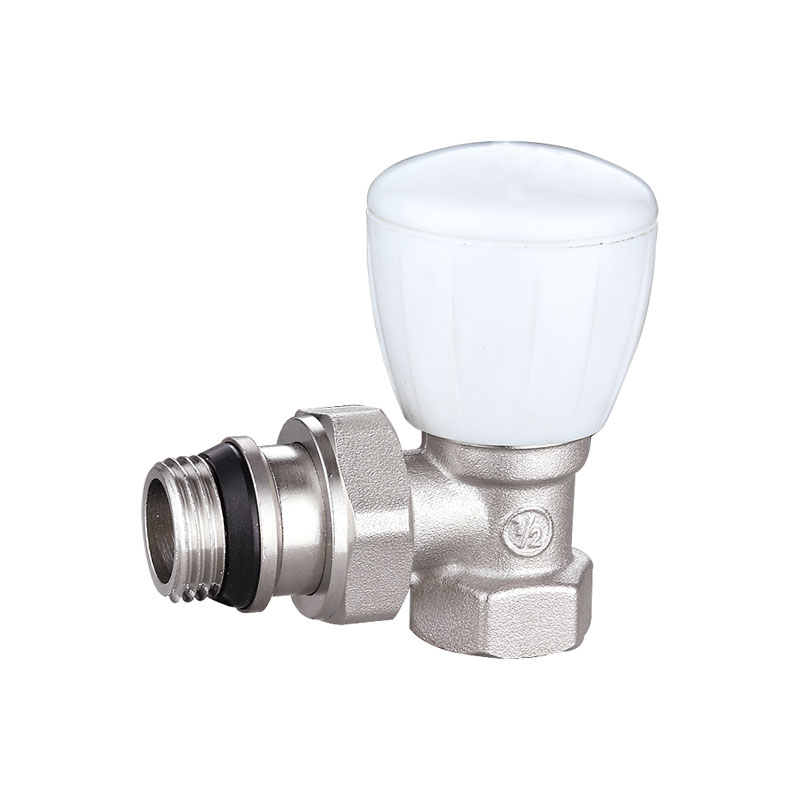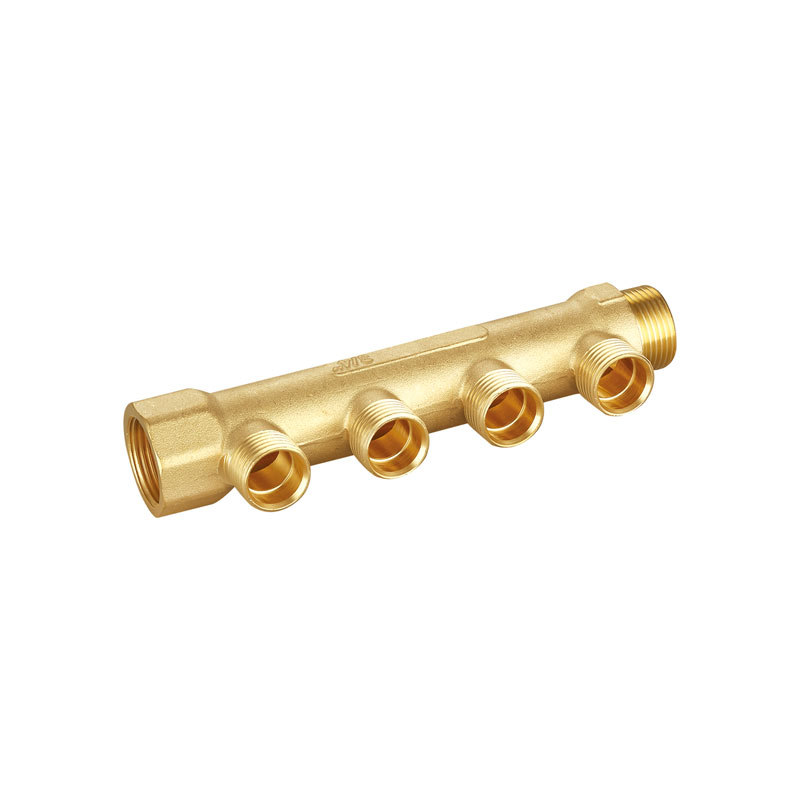When a brass valve is exposed to corrosive and salty substances, it may be prone to dezincification, which is the formation of a porous surface due to chloride ions stripping away zinc from the brass alloy. This can reduce the strength and durability of a brass valve, so it’s important to be aware of this possibility when choosing a type of brass valve for your application.

Another factor to consider when selecting a type of brass ball valve is the maximum operating temperatures. While brass can withstand high temperatures, it is not as resistant as other types of metals like stainless steel. This means that if your application requires a valve to be able to operate in very hot or cold environments, stainless steel would be a better choice than brass.
Lastly, when choosing a type of brass ball valve, you will want to pay attention to the connection standard that is required. You will have the option of a welded, flanged, or threaded connection, depending on your specific needs and pipe size. It’s important to choose a connection type that can withstand the pressure of the process fluid, as it will impact how easy the valve is to install and maintain.

 languages
languages

 English
English русский
русский












